Who should direct the precision guided munitions on the ground?
In Poland, a common belief is that only a narrow group of JTACs should be allowed to direct support fire, fusing the skills of a special forces operator and an aviation navigator. This is justified solely in case when the Precision Guided Munitions are used exclusively by the air platforms.
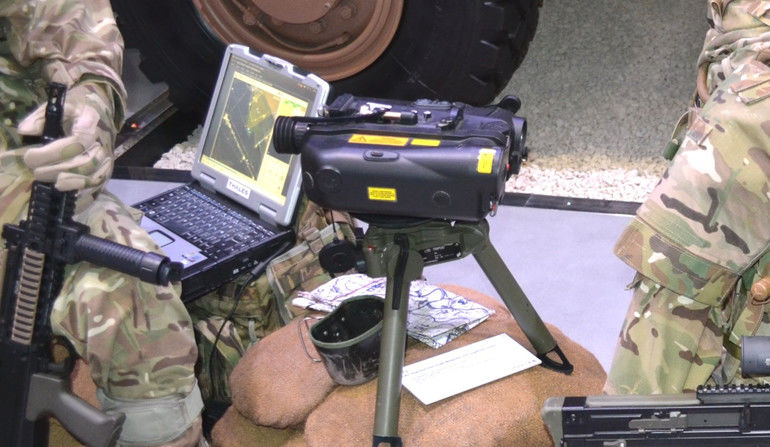
Currently, a term of Joint Fire Support has been coined and is being used more and more often. The doctrine in question assumes that coordinated and integrated use of all precision guided weaponry would take place, including the assets owned by aviation, as well as the ones that can be used by the land component. In the land forces Forward (Artillery) Observer is responsible for directing the artillery fire support missions.
The laser guided weapons will be directed by the same type of designators, placed in hands of JTACs and FOs, across all platforms. Their design allows for designation of targets for bombs, missiles, as well as artillery and mortar rounds. Hence, there is no need to have both JTACs as well as FOs included in the units at the lowest levels.
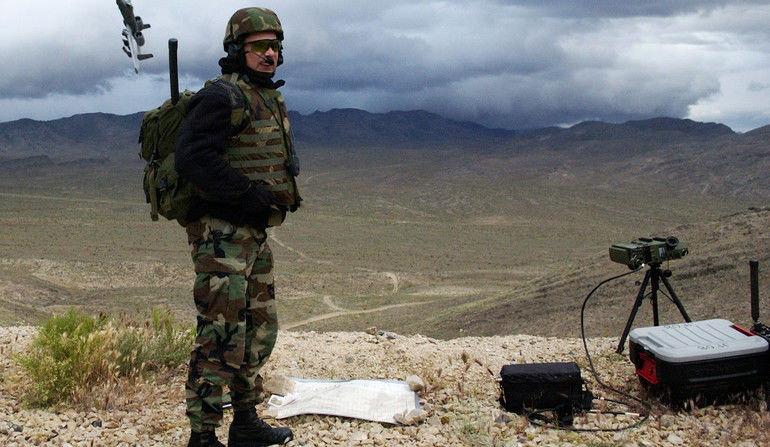
In order to prevent this problem, JTAC specialists are placed at the company level where they are tasked with joint operations with the FIST (Fire Support Team) artillery support elements, along with Joint Fire Observers, placed at the platoon levels. JFOs are to be trained to direct both air-based, as well as artillery-based fire support.
In Poland, there is a large obstacle in making the PGM direction devices more common: it is the complicated training process concerning the JTACs. This function has emerged within the Polish Armed Forces as late as in 1999, initially within the structures of the 25th Air Cavalry Brigade and of the 6th Airborne Brigade. JTAC training was only being organized abroad, at a high cost of several hundred thousand zlotys, hence the number of such specialists remained limited. Moreover, the qualifications as such had to be updated in an ongoing manner, which was also quite costly.
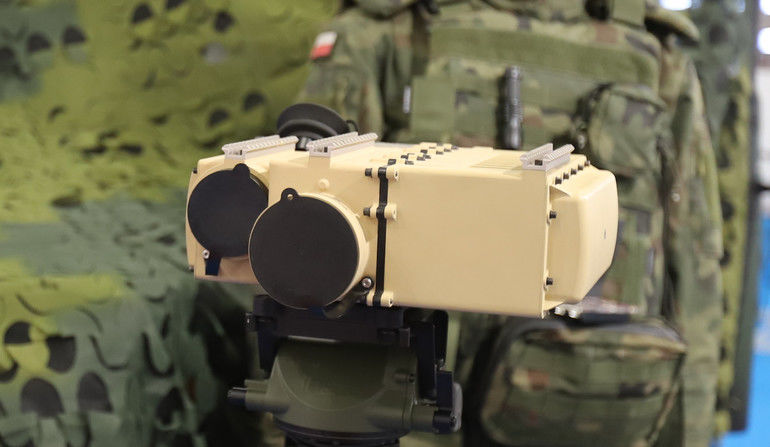
Starting from the year 2008, JTAC training activities have been organized in Poland by the Tactical Air Controllers Training Centre created at the Polish Air Force Academy based in Dęblin. The said facility conducts its activities under strict supervision of NATO. This is proven e.g. by a visit of a special accreditation team including the representatives of the NATO HQ AIRCOM and the JFS ESC (US Joint Fire Support Executive Steering Committee) bodies.
The highly specialized and convoluted training may be justified in case of the JTACs who would be tasked with indication of targets for manned aircraft: helicopters and fixed-wing assets. At the same time, there is a demand in the Army to train specialists capable of designating targets for a whole range of laser-guided weaponry: bombs, rockets and artillery rounds. The “navigation” skills are less important here.
So far the land forces had no laser-guided PGMs at their disposal, and they are not equipping the FAOs with laser target designators. Even though JTACs are using such systems (as well as some of the Special Operation Forces operators), the Land Forces has only been utilizing the artillery reconnaissance and range-finding systems, in a variant fitted solely with a laser rangefinder.
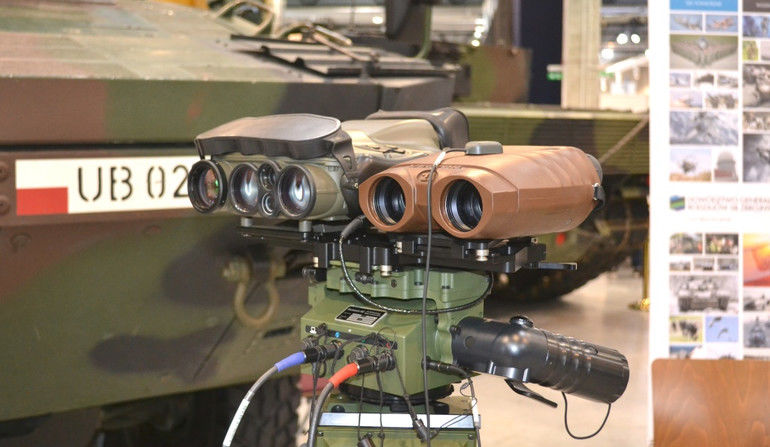
A variant of such system with an integrated laser target designator also exists, it is being offered by the Safran company, via the Griffin group.
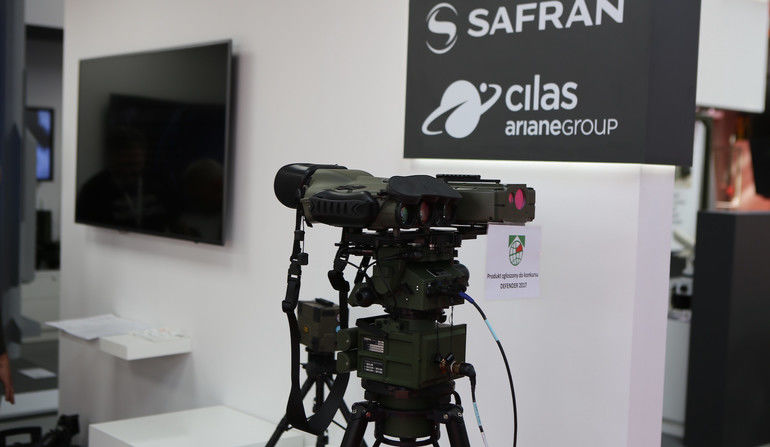
Making the Laser Designator Systems More Common
The obstacle in the change of the JTAC role in Poland is seen in the skillset ascribed to the said position locally - including the aviation navigation skills, as translation into Polish reads: forward air control navigator. And maybe this is the reason for the fact that the Air Force Inspector coordinates the JTAC training programme in the Polish Armed Forces. Meanwhile, JTAC term may also be translated in a more literal manner.
However, in case of the Polish attitude, JTACs are an elite group within the Polish Armed Forces, and they are the only persons qualified to designate targets for the PGMs. The US Armed Forces has soldiers with a similar skillset included in almost every platoon. The individual USMC and US Army companies feature five to six JFOs within their composition. In case of the Special Operations Forces more than 50% of the personnel has been trained for directing the use of PGMs. Thanks to the above, the Americans may provide CAS (Close Air Support) for the frontline units, similarly as it happens in case of artillery. In Poland, usage of PGMs will be treated as a luxury for a long time, as it seems.
Meanwhile, air-delivered PGMs may be the only support that could be provided at the initial phase of the potential conflict involving Poland by NATO. Even though a decision to deploy land forces may take up to several days, deployment of combat aircraft from Germany, France, Belgium or the Netherlands may be taken immediately. Nonetheless, they would need targeting data and indication of targets, which may be done by the JFOs, using proper equipment in the frontline sector.
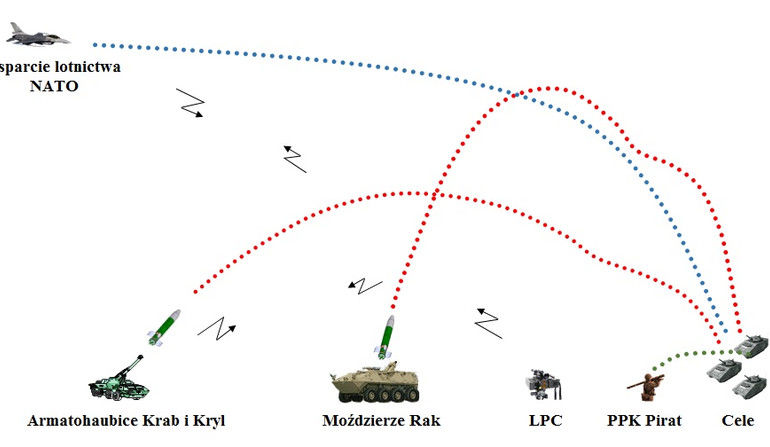
The JFOs would be even more useful if the Polish Army had artillery units commonly using the laser guided rounds. Then the joint strikes could involve more assets than just missiles and aviation. Both such rounds, as well as laser target designators, are being developed in Poland, and there will be a chance for them to be manufactured by the Polish industry.
Laser Target Designators/Rangefinders - Standard Element of the Platoon-level Inventory Kit?
Introduction of laser-guided missiles and bombs has created a need for inclusion of a new element of the fire control system - a laser target designator/rangefinder. In case of the aircraft, such system may be fitted onboard, e.g. in a form of a targeting pod, forcing the airborne platforms to stay within the range of the enemy air defence systems.
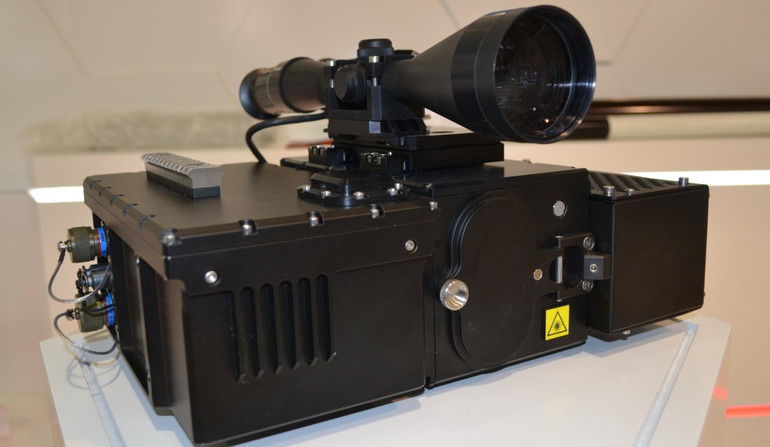
It remains much safer to place the laser target designators on drones, which has been made possible only thanks to widely introduced miniaturization of such systems - device may weigh less than a kilogram. However, to a large extent this is still a futuristic vision. A manual laser target designator is still a widely used solution, that may be included in the individual soldier’s inventory kit.
A device as such has already been designed by the Lubiczowo-based Centrum Rozwojowo-Wdrożeniowe Telesystem - Mesko Sp. z o.o. company. The entity has created and prepared the LPC-1 device for production there, with dimensions as follows: height: 126 mm; width: 377 mm; depth: 258 mm; its own weight is 9.7 kilograms, but it goes up with the attachable scopes, cables and batteries, to around 14 kilograms. It is a kit that remains easy to transport and use, even by an individual soldier.
The designation system uses an Nd:YAG laser, utilizing a wavelength of 1.064 μm. The laser signal is encoded, and consists of time-separated impulses, with length of 15± 5 ns.. Only such form of a signal may be decoded by the PGM seeker.
LPC-1 designator allows for programming of PRT impulse sequences (Pulse Repetition Time) in line with the NATO STANAG 3733 norm. This may be done remotely, with proper data automatically provided by the fire control centre, or manually by the operator, with the use of digital knobs on the rear plate of the device, on the basis of the radio-transferred information.
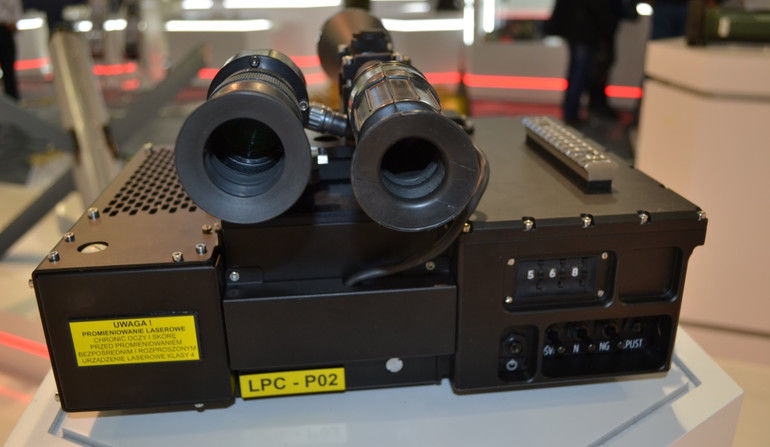
Besides target designation, LPC-1 also allows for:
-
Measuring the distance to the target (thanks to an embedded laser rangefinder, operable at distances of up to 20 kilometres);
-
Indicating own position (on the basis of GPS signal);
-
Bilateral data exchange with the command centre and the fire control system, with an ability to transfer device status data and the target coordinates, as well as allowing for remote control of the system from the command centre, allowing for remote setting of the impulse sequence, programming of the firing delay and laser time of operation (thanks to the embedded firing sync module and communications module);
-
Defining the target azimuth and elevation (thanks to joint operation with a goniometer).
The whole kit may be used at night and during the day, as the external STANAG 2324 compliant Picatinny rails allow for usage of replaceable targeting systems, ranging from a scope, daytime camera, with night- or thermal-vision cameras to finish with.
The most important thing is the easiness and simplicity of use, also making it easier to train the operators. The status control is carried out solely with the use of the OLED display embedded within the system. The status display also informs the operator on operation mode (remote or manual) and visualizes the measurement data.
PGM - Precision Guided Munitions (APR)
The laser-guided tube artillery rounds enhance the effectiveness of artillery fire, thus more and more countries introduce such rounds into their inventories. In Poland, advanced works on such munitions have begun, formally, as late as in 2009. Then a consortium including the Military University of Technology, ZM Mesko S.A. facility and Telesystem Mesko Centre for Implementation and Development, has issued a proposal for the Commander of the Land Forces to introduce laser-guided artillery rounds into use, also proposing that the R&D programme shall concern the 120 mm mortar rounds, 122 mm rounds for the 2S1 Gvozdika howitzer, 152 mm rounds for the Dana howitzers and 155 mm rounds for the Krab howitzers.
Ultimately, the Telesystem Mesko company has received an order to carry out three R&D initiatives in September 2012. The works concerned a laser tracking system for the APR 120 round for the 120 mm Rak mortar, laser tracking system for the 155 mm Krab and Kryl ammunition (APR 155) and a laser target designator designed to be used with both of the aforesaid tube artillery platforms.
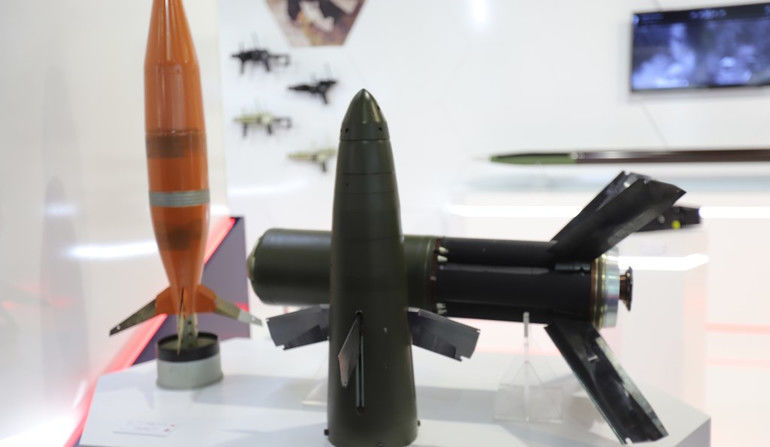
In order to accelerate the work and due to lack of the experience in the field, it was assumed that Ukrainian solutions would be used to create the prospective Polish systems. In case of the APR 120 round, mortar ammunition developed by the Luch facility was the starting point, meanwhile APR 155 round features solutions derived from the Progress Kvitnik round. Direct copying of the Ukrainian solutions did not take place, as three millimeter calibre difference (155 mm NATO round vs 152 mm round) also creates a significant G-load differences - even of several thousand Gs.
Optimization of aerodynamics and weight distribution was also highly required. The implemented design changes entailed a series of test procedures.
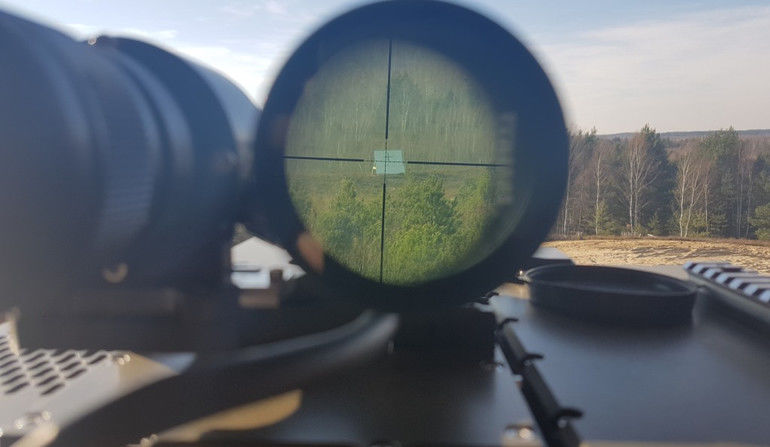
The results may only be seen and appreciated after the field tests that took place on 18th November 2016. Two prototype APR 155 mm rounds, fired at a distance of 15.3 kilometres, in heavy wind conditions, have hit a target of dimensions of 2x2 metres, with 0.3 and 0.6 metres deviation from the target (with the designator located 500 metres from the target). Ukrainian semi-active 9E421 seeker has been used at the time, while the LPC-1 designator was operated in neutral mode.
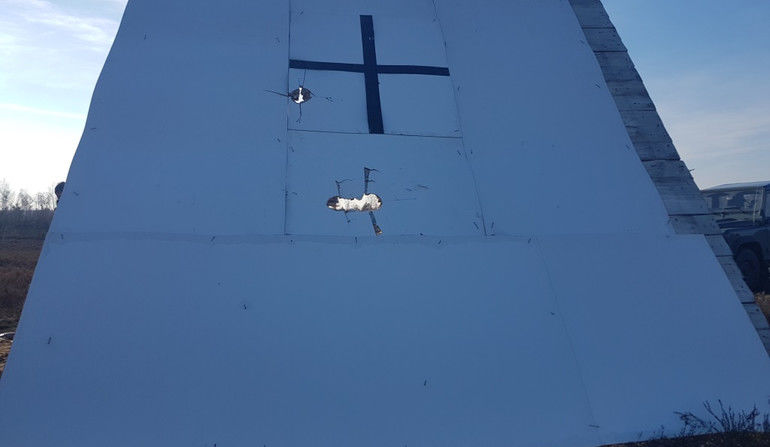
The operational variety of the APR rounds is to feature a programmable digital seeker with a Polish--developed detection system. This would make it possible to use a NATO-standards-compliant encoded beam. LPC-1 system has been prepared for such upgrade.
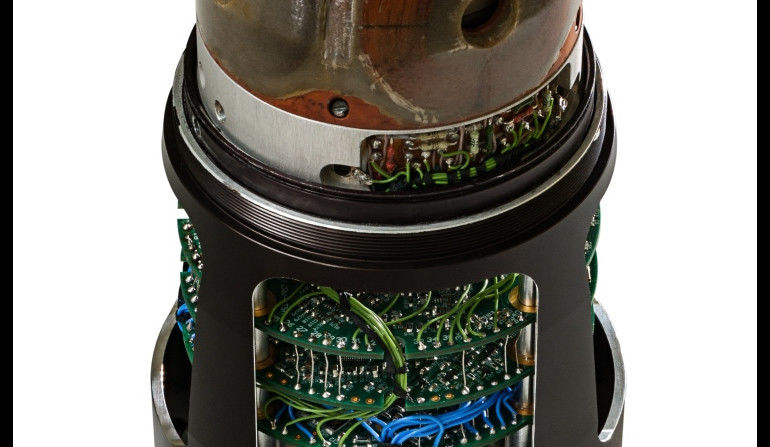
On the other hand, Russia has also developed laser-guided artillery rounds: 120/122 mm Kitolov rounds and 152/155 mm 2K25 Krasnopol rounds and 120 mm Gran and 240 mm Smelchak mortar rounds. So far they have been introduced in limited quantities, nonetheless such rounds are said to be exported, and rumoured to have been used in combat.
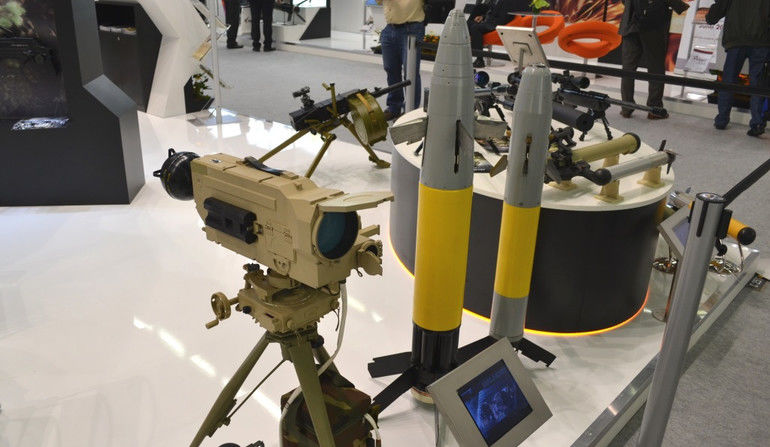
The laser guided rounds are only one of numerous types of guided artillery rounds, as GPS/INS or thermally guided rounds have also been created (the latter variety may be used to attack combat vehicles). In some cases, usage of laser-guided ammunition remains highly beneficial, as it makes it possible to attack the target after it is visually identified, as well as to adjust the targeting point by the operator, when the round is still in the air.
Is it a worthy effort?
It shall also be remembered that common use of target designators and liberalization of JTAC training conditions may allow for making use of effective NATO CAS, in order to attack land targets at distances safe for the aircraft, outside the operational envelope of the air defence systems.
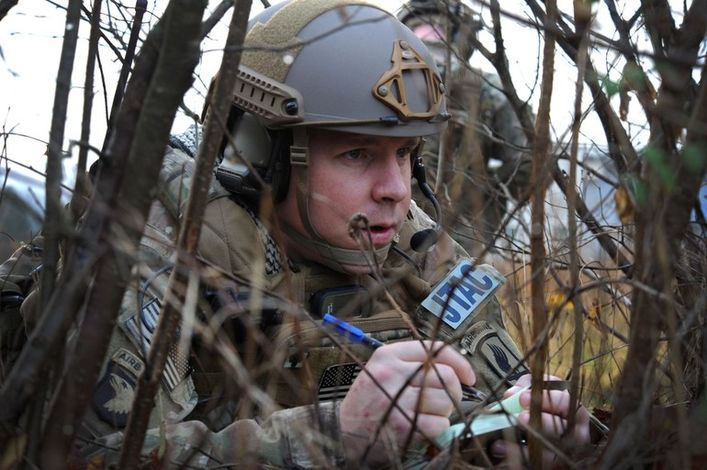
The option of receiving allied support constitutes a deterrence factor, meanwhile training and equipping the soldiers with laser target designation systems may increase the combat effectiveness of NATO aviation assets.
A similar decision to deploy land forces in Poland would be a subject of a longer scrutiny, meanwhile the allied units would only reach the combat theatre after several days. NATO support aviation may emerge within the theatre in a few hours, operating from bases that would not be exposed to any attack - as it would happen in case of the Polish airbases. A similar set of arguments may be used with a reference to PGMs. Such means make it possible to precisely attack the potential targets at distances of up to several kilometres.
The PGMs are much more expensive than conventional munitions, however it is also, quantitatively, much more effective - less rounds are needed to destroy a single-point target. The analysis conducted by Telesystem-Mesko suggests that 16 APR 155 rounds provide an effect equivalent to firing of 800 standard, conventional 155 mm rounds. The savings may also be created within the area of logistics, storing the rounds and delivering them to the batteries.
It is estimated that laser-guided rounds could shorten the fire-mission time ten-fold, thanks to the ability of executing the said mission with the use of a couple rounds, without a need to conduct shelling for a long period of time. Thanks to the above, as shelling ends, the artillery assets may quickly leave the firing positions, avoiding the counterattack. A greater accuracy is also automatically translated into diminished collateral damage which may be greatly important during the expeditionary deployments and defensive operations conducted within own territory.
A condition for effective use of laser-guided rounds would be to have an ability to designate the targets efficiently. Alongside the aircraft based or vehicular systems, soldiers, who receive proper training, may also fulfil this role. Increased usage of PGMs would mean that ability to coordinate support would have to become more common, not only among the specialists, but also in case of the frontline units.
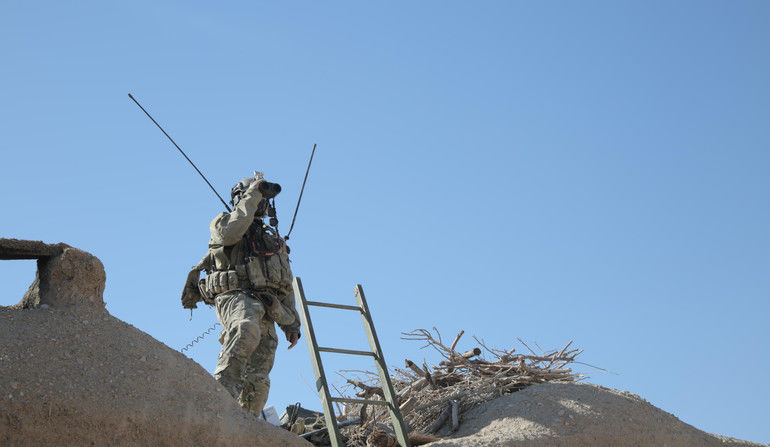
The article has been written with the use of materials provided by the Centrum Rozwojowo-Wdrożeniowe Telesystem-Mesko Sp. z o.o. [Telesystem-Mesko Implementation and Development Centre] company.